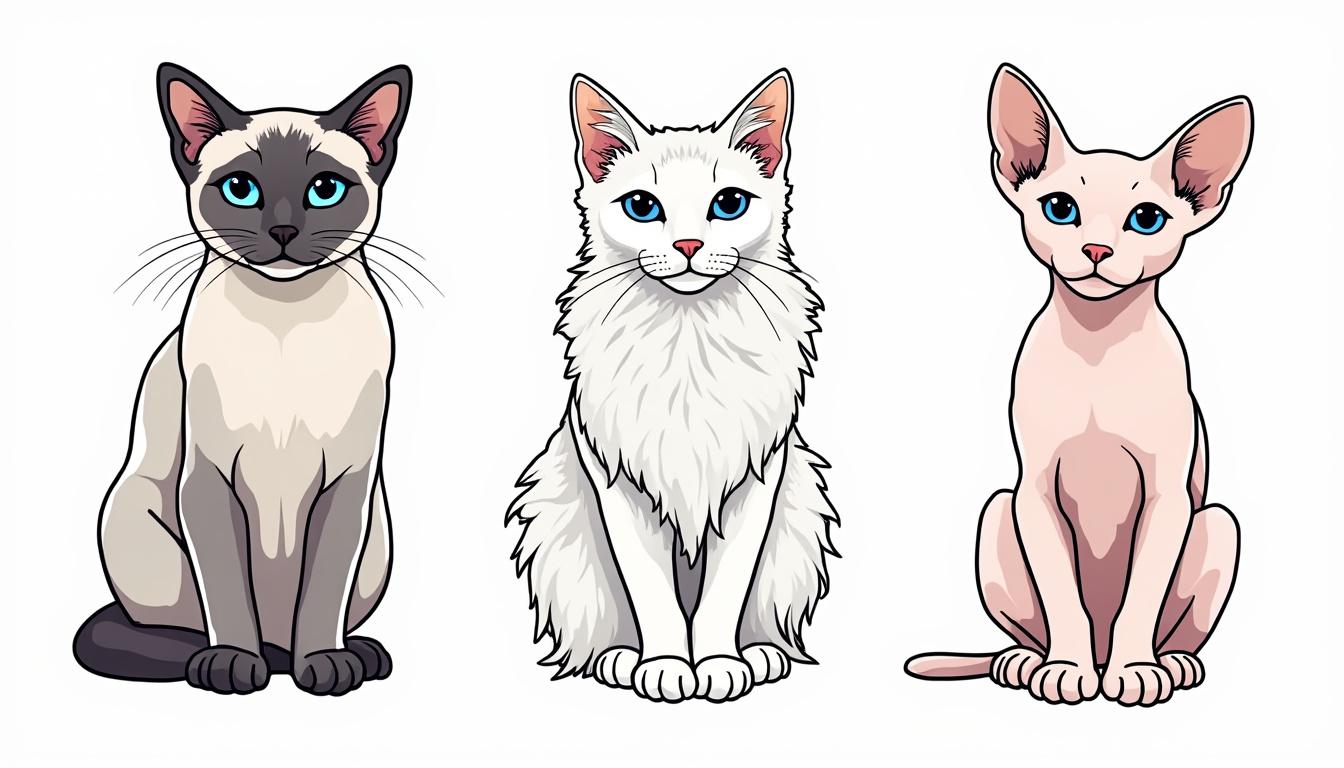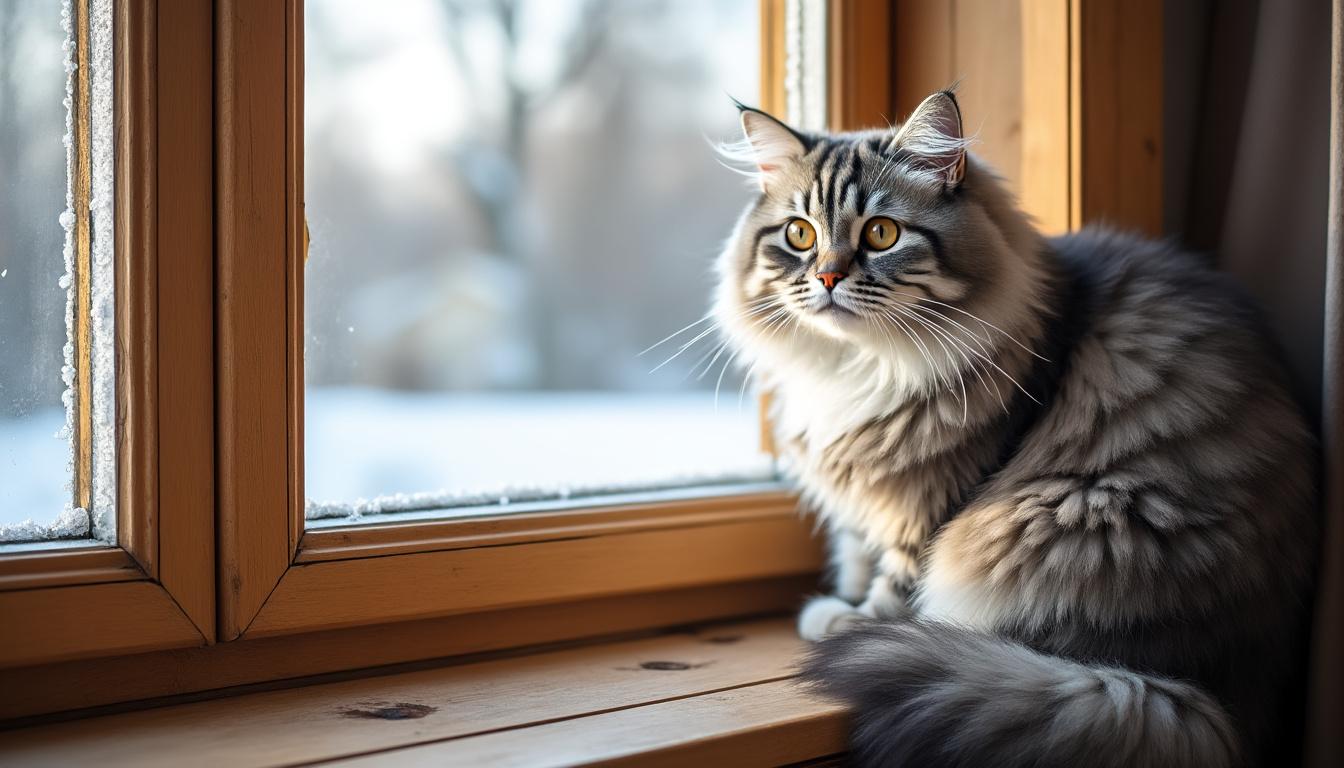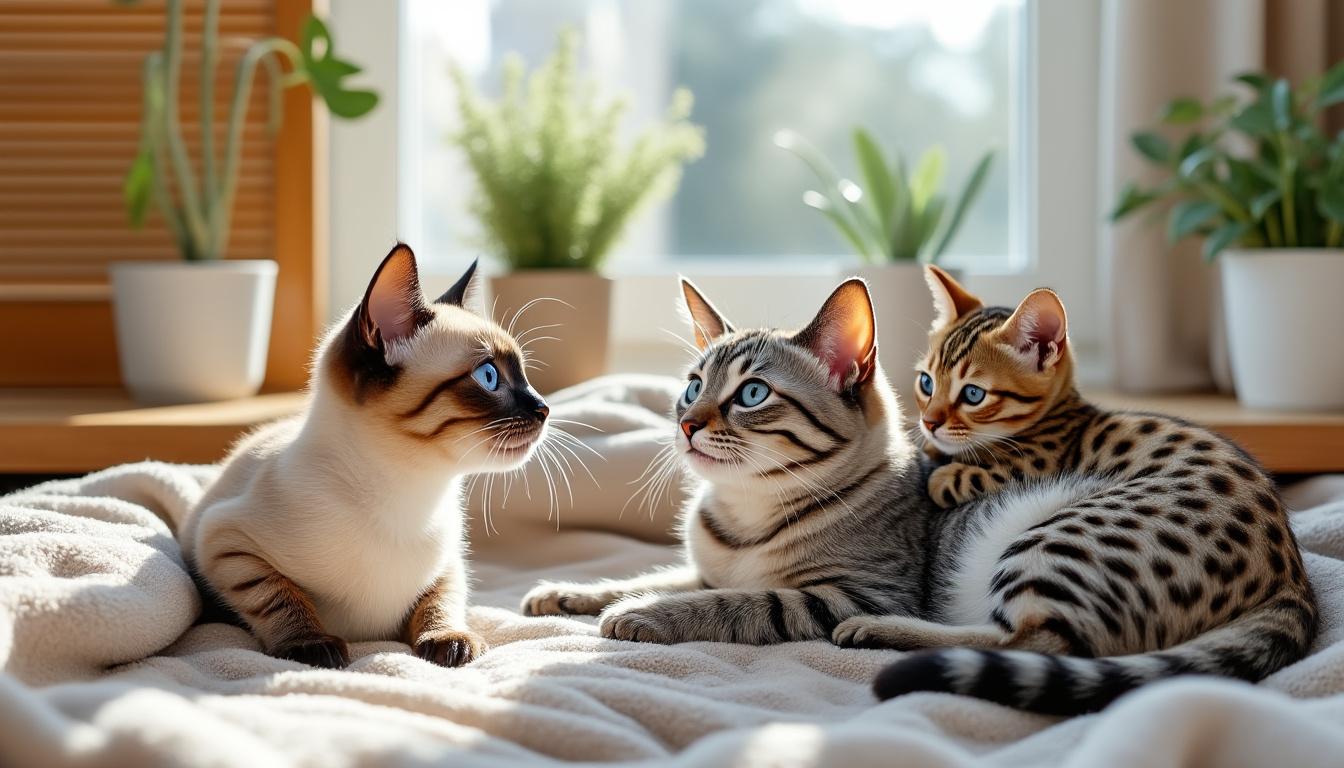For many cat lovers who also suffer from allergies, the quest for the perfect feline companion might feel like a wild goose chase. Fortunately, there are specific cat breeds that may provide a more allergy-friendly experience, allowing allergy sufferers to enjoy the joy of cat ownership without the endless sneezing and sniffles. Whether you’re a seasoned pet parent or a first-time cat owner, understanding which breeds are classified as hypoallergenic can guide you in making an informed decision for your potential new best friend.
There’s a common misconception that hypoallergenic cats don’t cause allergies at all, but the reality is a bit more nuanced. Hypoallergenic breeds are known to produce lower amounts of the protein Fel d 1, which is primarily responsible for allergic reactions in sensitive individuals. This protein is found in cat saliva, skin, and urine, and when cats groom themselves, it spreads throughout their fur. The good news is there are several breeds that tend to produce less of this allergen, giving you the chance to welcome a furry friend into your home.
- 🐱 Siberian – Known for their dense coats and affectionate temperament, they produce less Fel d 1 compared to most breeds.
- 🏵️ Balinese – Often dubbed the “long-haired Siamese,” they possess a sweet nature and also produce lower allergen levels.
- 🐆 Bengal – With their striking appearance and active personality, they make captivating pets with minimal shedding.
- 🧡 Russian Blue – These gentle creatures not only have beautiful, plush fur but also produce less allergenic protein.
These breeds are just the tip of the iceberg! Let’s dive deeper into the world of hypoallergenic cats, highlighting the best options for allergy sufferers and what makes them unique.

Understanding Hypoallergenic Cats
Before we get into specific breeds, it’s essential to understand what qualifies a cat as hypoallergenic. The term itself is not scientifically defined, but it generally refers to those breeds that are known to generate fewer allergens. The protein that is the usual suspect for triggering allergic reactions is called Fel d 1. This protein is mainly produced in a cat’s saliva and skin, and it spreads when cats groom themselves.
Interestingly, Fel d 1 levels vary significantly from breed to breed. While no cat is entirely allergen-free, some breeds have been known to generate less of this protein, making them more suitable for individuals with allergies. However, sensitivity to cat allergens varies from person to person. Therefore, it’s advisable to spend time with a breed you’re considering to gauge your allergic response before bringing a new feline into your home.
Factors Influencing Allergic Reactions
There are several factors that influence how prone someone may be to allergy symptoms when around cats. Here are a few key aspects to consider:
- 👤 Individual Sensitivity: Some people have a heightened sensitivity to cat allergens, meaning they may react even to low levels of Fel d 1.
- 🏠 Environmental Factors: Homes with high levels of dust, pollen, and pet dander can exacerbate allergy symptoms, regardless of the cat’s breed.
- 🌿 Seasonal Allergies: Those suffering from seasonal allergies may find that their cat allergies are aggravated during allergy seasons, leading to intensified reactions.
Given this complexity, it’s essential to approach hypoallergenic breeds with realistic expectations. Just because a specific breed is labeled hypoallergenic doesn’t guarantee that it will not cause any allergic reaction. It’s a good idea to consult with your doctor or an allergist to better understand your specific situation and health needs.
Top Hypoallergenic Cat Breeds
If you’re looking to adopt a feline friend that is likely to be easier on your allergies, here’s a curated list of some of the best hypoallergenic cat breeds you might consider:
| Breed | Allergen Levels | Temperament | Grooming Needs |
|---|---|---|---|
| Siberian | Low | Playful, affectionate | Moderate |
| Balinese | Low | Social, vocal | Moderate |
| Devon Rex | Low | Mischievous, energetic | Low |
| Russian Blue | Low | Gentle, reserved | Low |
| Bengal | Moderate | Active, intelligent | Low |
These breeds are all distinguished not only by their hypoallergenic traits but also by their unique temperamental qualities which make them appealing companions. It’s essential to weigh your options and select a breed that fits seamlessly into your lifestyle.

Grooming Practices to Minimize Allergens
Sparking joy is what owning a cat is all about, but for allergy sufferers, it’s crucial to minimize allergens in your home. Grooming your cat regularly can play a key role in reducing indoor allergens that lead to sneezing and discomfort.
- 🔄 Routine Brushing: Regular brushing helps to remove loose fur and dander that can cause allergies. Use a brush appropriate for your cat’s coat type.
- 🛁 Periodic Baths: A gentle bath every few weeks can significantly decrease the amount of dander and saliva present on your cat.
- 🧹 Clean Your Home: Frequent vacuuming and dusting with HEPA filter tools will help capture airborne allergens and keep your environment allergen-free.
- 💧 Use Air Purifiers: Consider investing in HEPA air purifiers to reduce allergens circulating in your home, ultimately making it more comfortable for allergy sufferers.
Incorporating these practices into your pet care routine will not only benefit you but will also contribute to your cat’s overall well-being. Healthy habits yield better living conditions for both pets and their owners!
Interesting Facts About Hypoallergenic Cats
Did you know there are fascinating aspects about hypoallergenic cats that go beyond just their allergy-friendly traits? Here are a few intriguing tidbits:
- 📜 Genetic Variations: Some hypoallergenic breeds, like the Siberian, carry genetic variations that result in lower allergens production, setting them apart from other cat breed populations.
- 👪 Social Preferences: Many hypoallergenic breeds are known for their friendly and social nature, making them great companions for families and single people alike.
- 🌍 Global Recognition: Breeds like the Balinese and Russian Blue are not just popular in their home countries but have also garnered a global fanbase for their unique traits and beauty.
These intriguing facts give you a better sense of what to expect and look forward to when deciding to welcome a hypoallergenic cat into your home. Whether you’re enamored by their beauty, charm, or unique qualities, there’s much to love about these feline companions.
| Interesting Fact | Details |
|---|---|
| Genetic Variations | Many hypoallergenic breeds have unique genetic traits that influence allergen production. |
| Affectionate Nature | Most hypoallergenic cats are known for being social and loving companions. |
| Global Popularity | Breeds like Sphynx and Russian Blue are sought after worldwide for their distinctive looks and hypoallergenic qualities. |
Can hypoallergenic cats help with allergies?
While no cat is entirely allergen-free, hypoallergenic breeds produce less Fel d 1 protein, which may reduce allergy symptoms for sensitive individuals.
How often should I groom my hypoallergenic cat?
Regular grooming, such as weekly brushing, is recommended to minimize allergens, along with occasional bathing for the best results.
Are there any foods specifically for hypoallergenic cats?
Yes! Many brands like Royal Canin, Hill’s Science Diet, and Blue Buffalo offer specialized diets formulated for skin and coat health, which can help manage allergens.
What is the best hypoallergenic cat for families?
Breeds like the Siberian and Balinese are often recommended for families due to their gentle and affectionate nature.
Do hypoallergenic cats have special needs?
Although they require regular grooming like any other cat, hypoallergenic breeds may thrive better in environments with less dust and dander.

